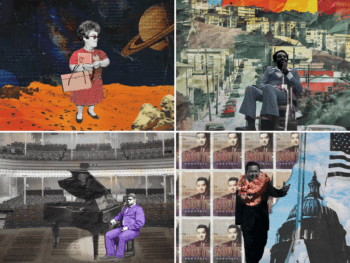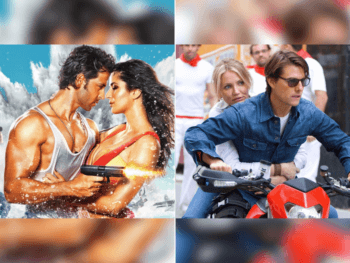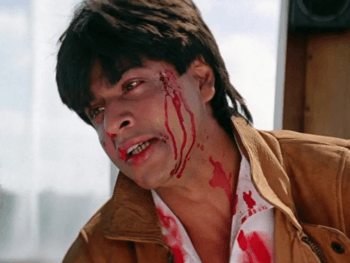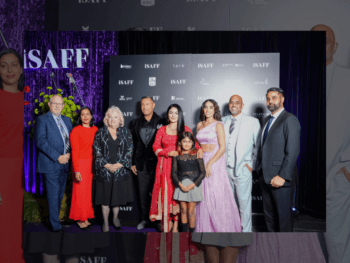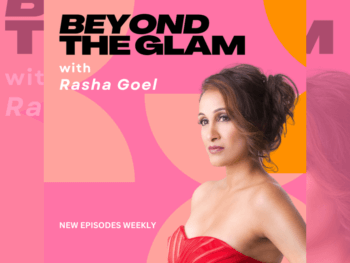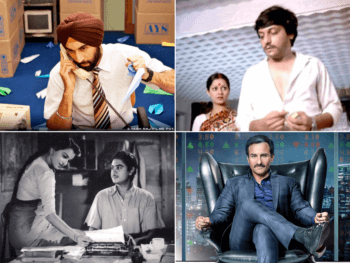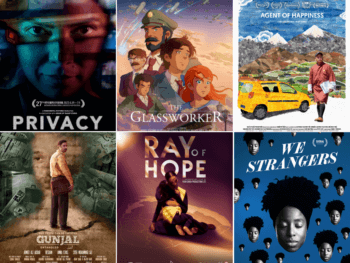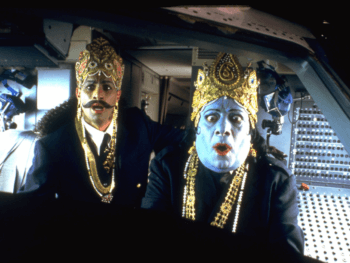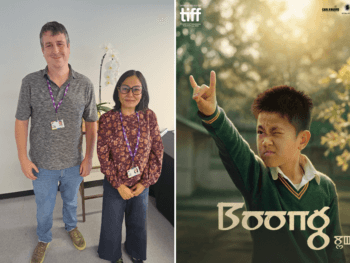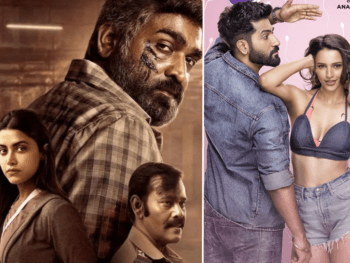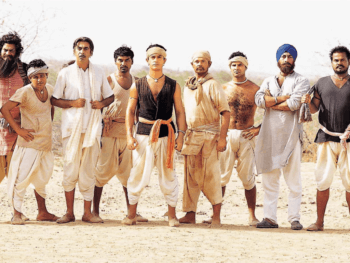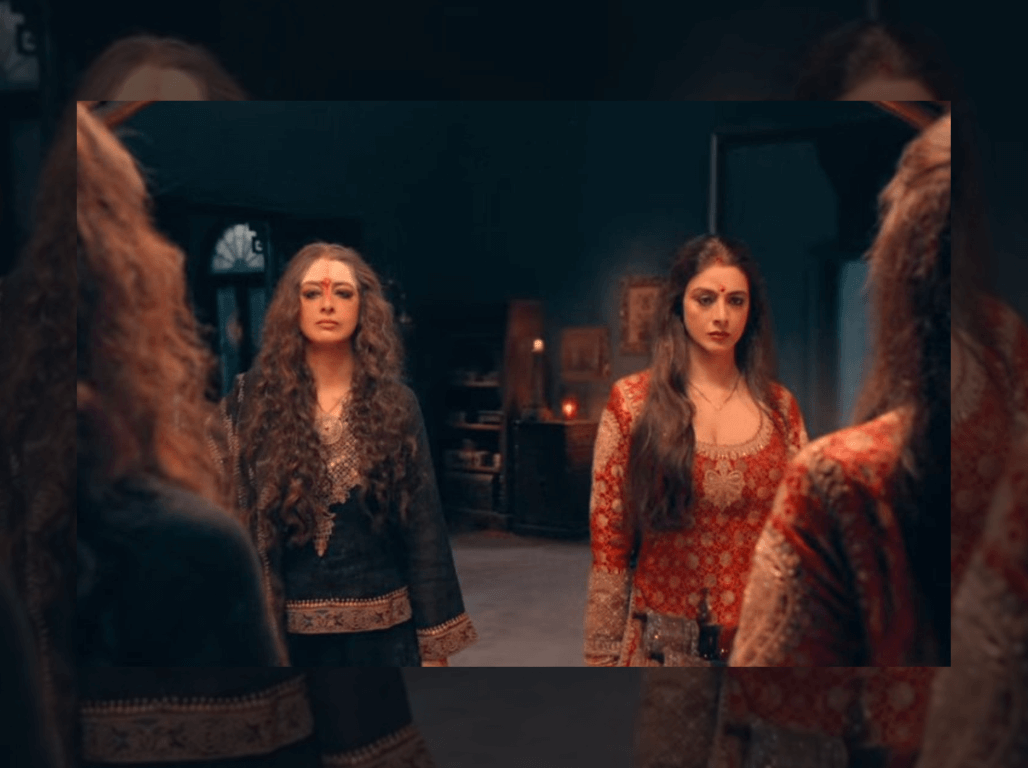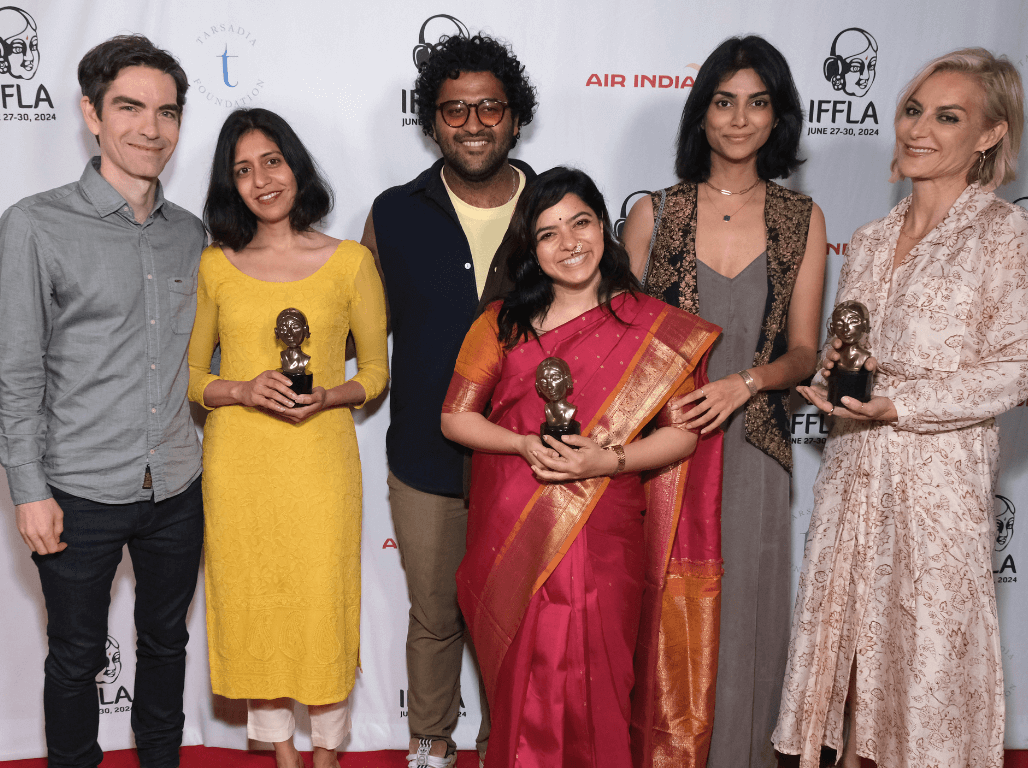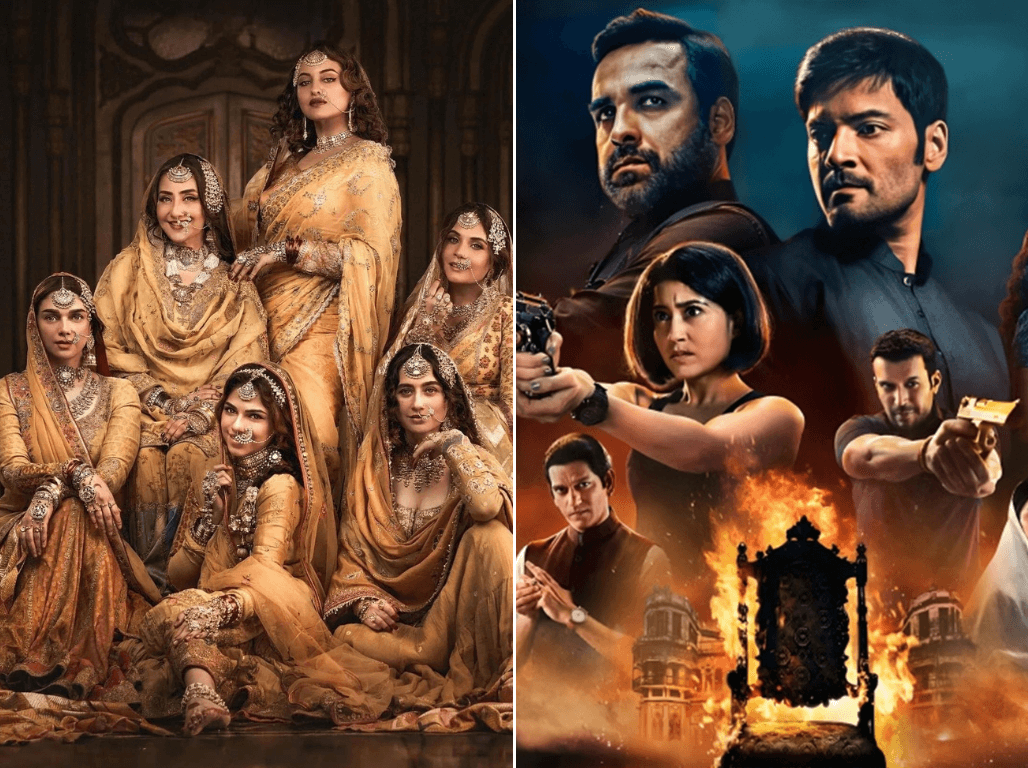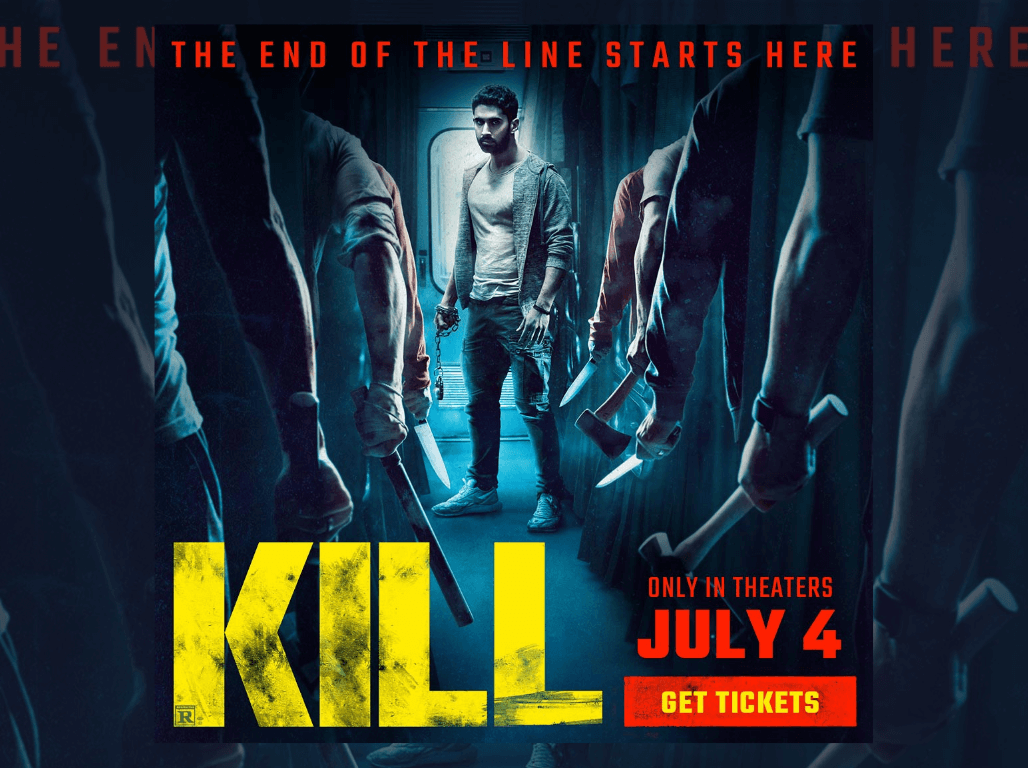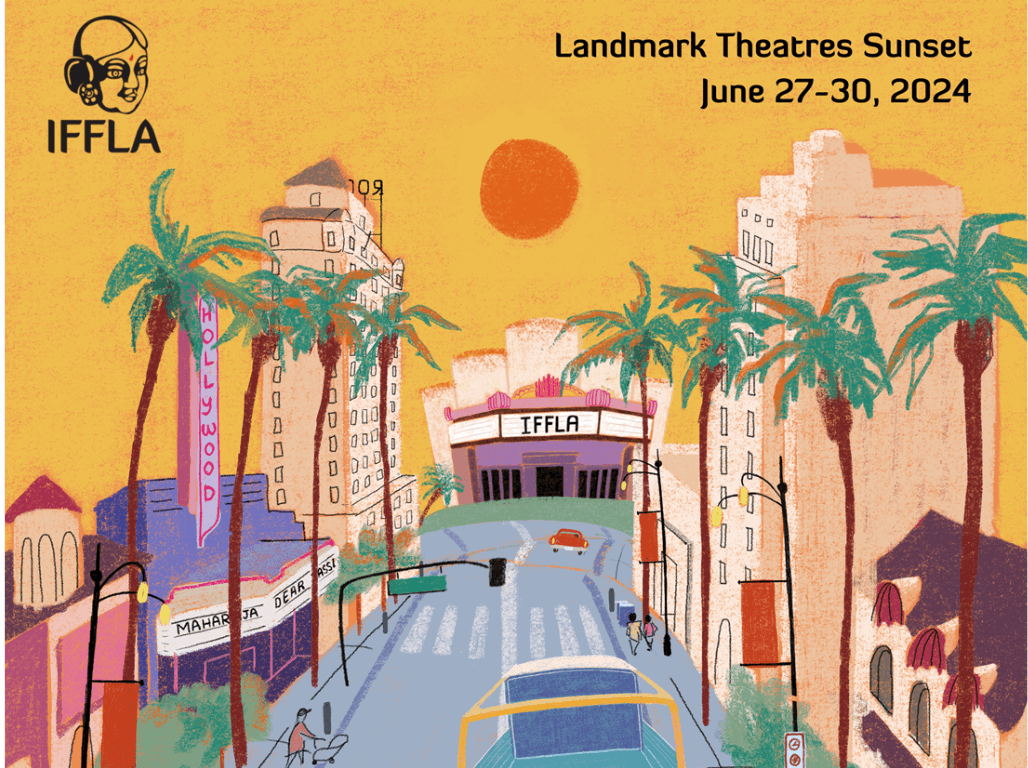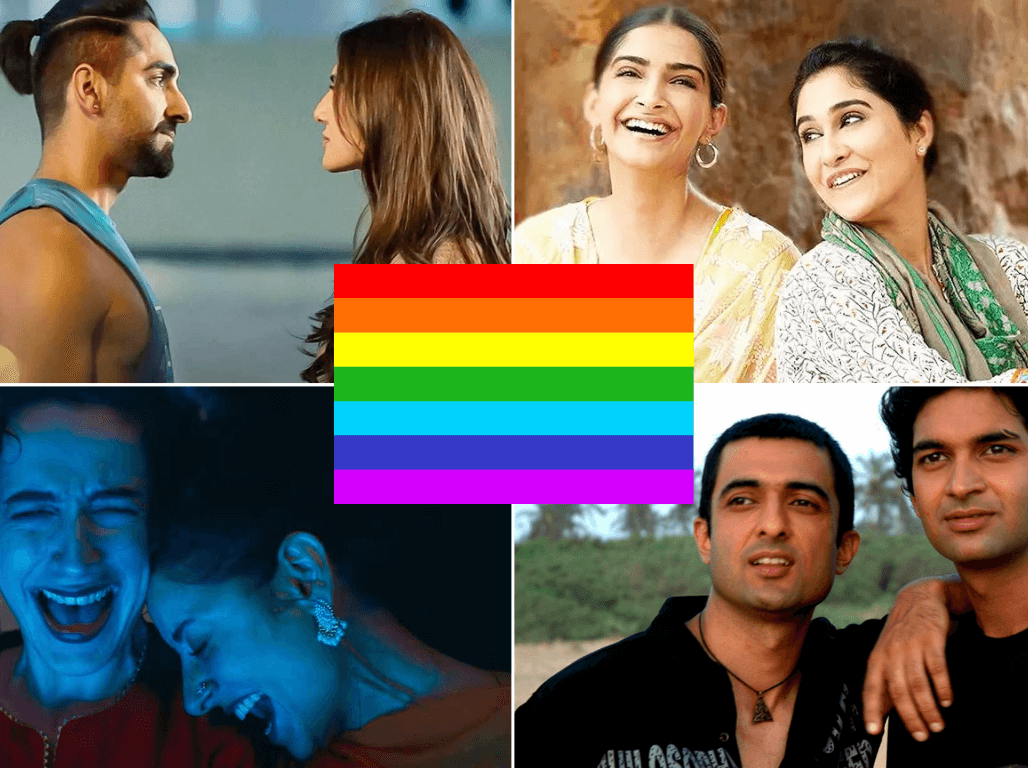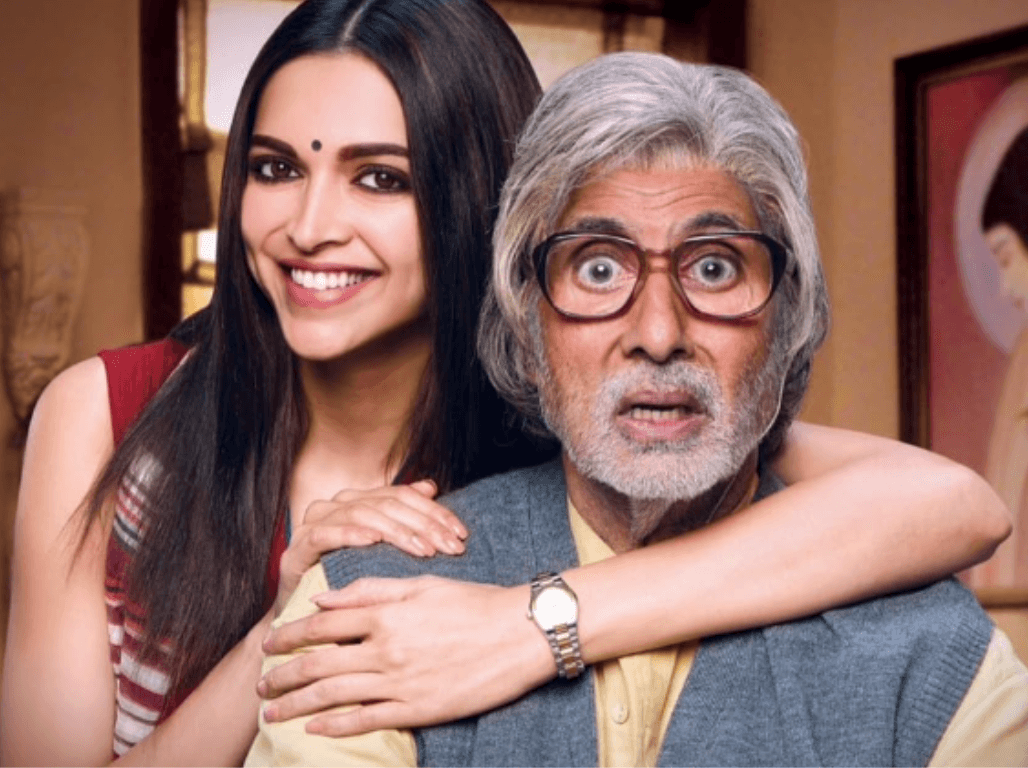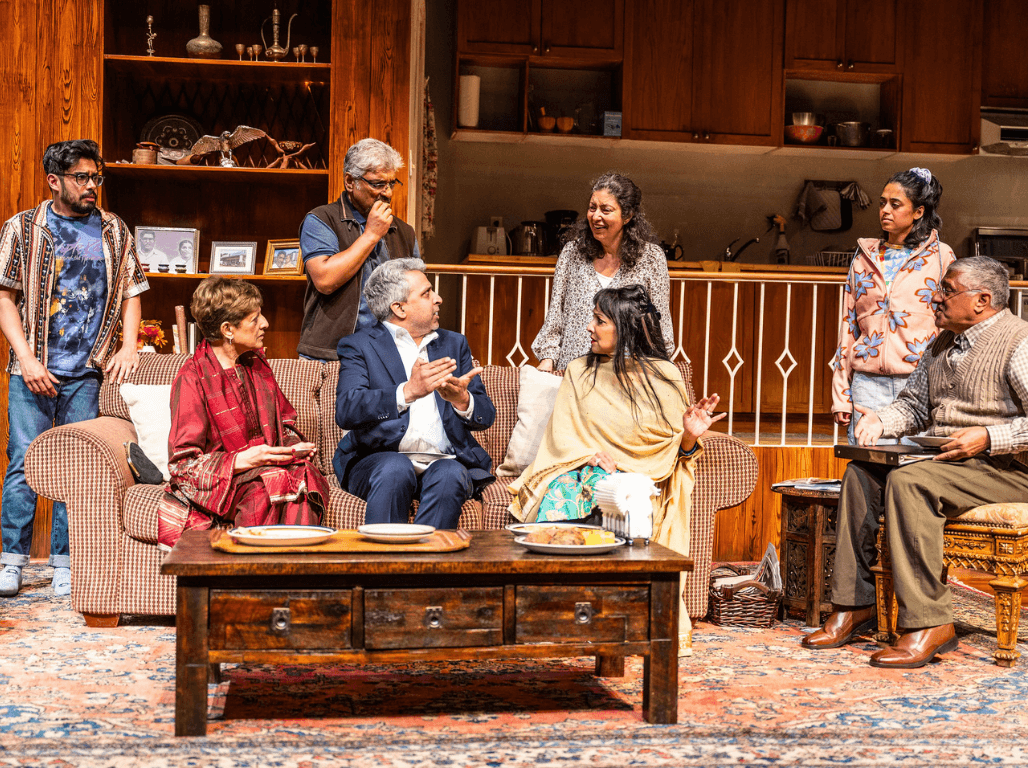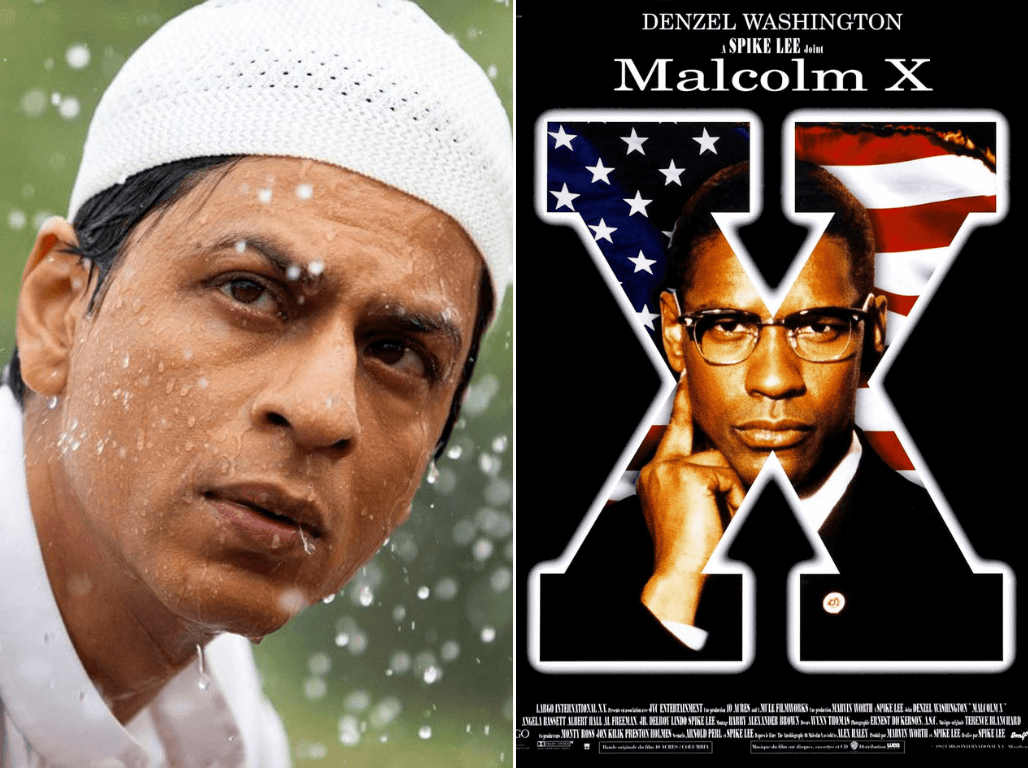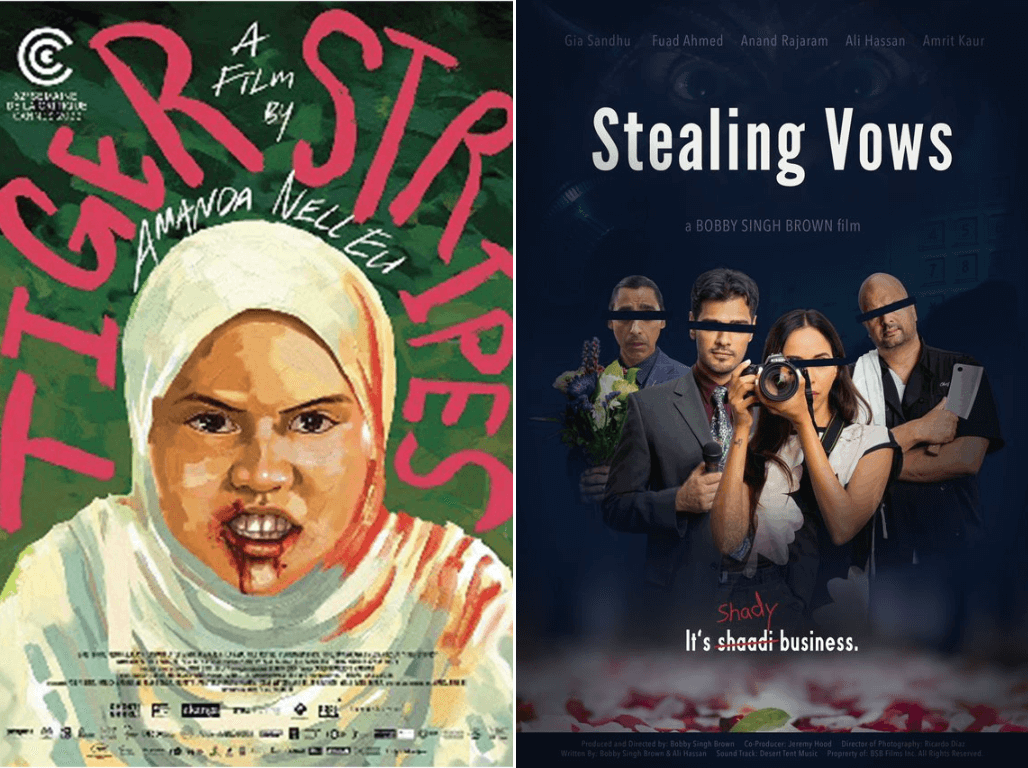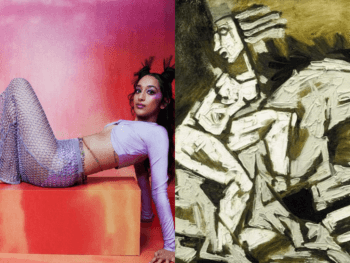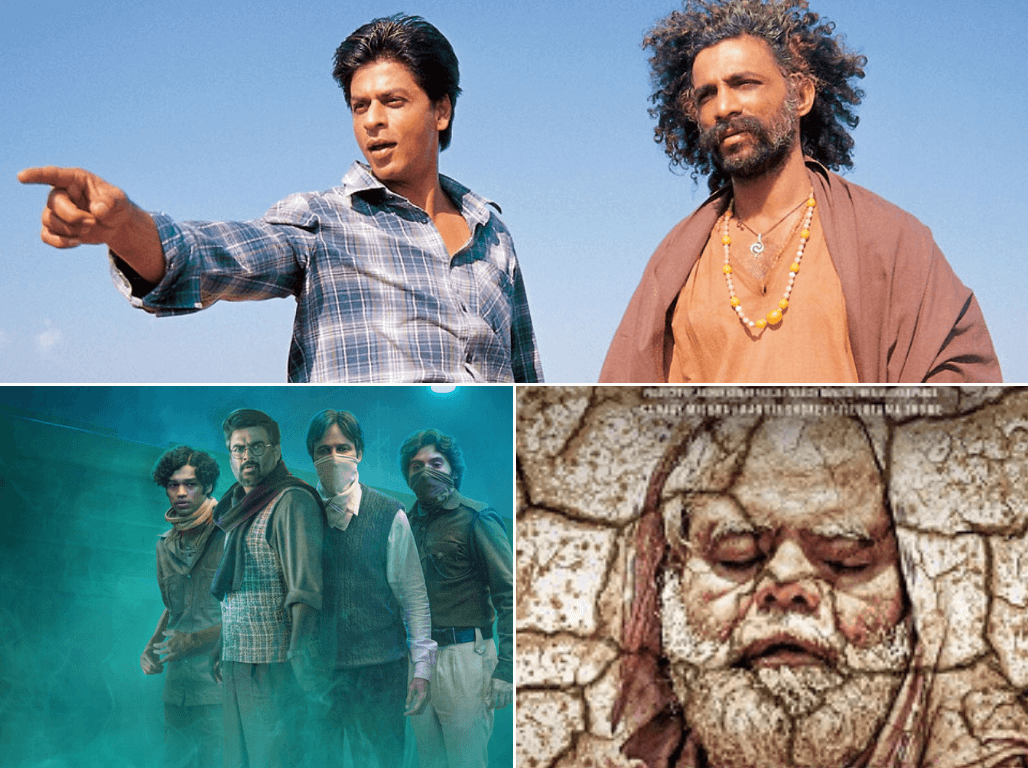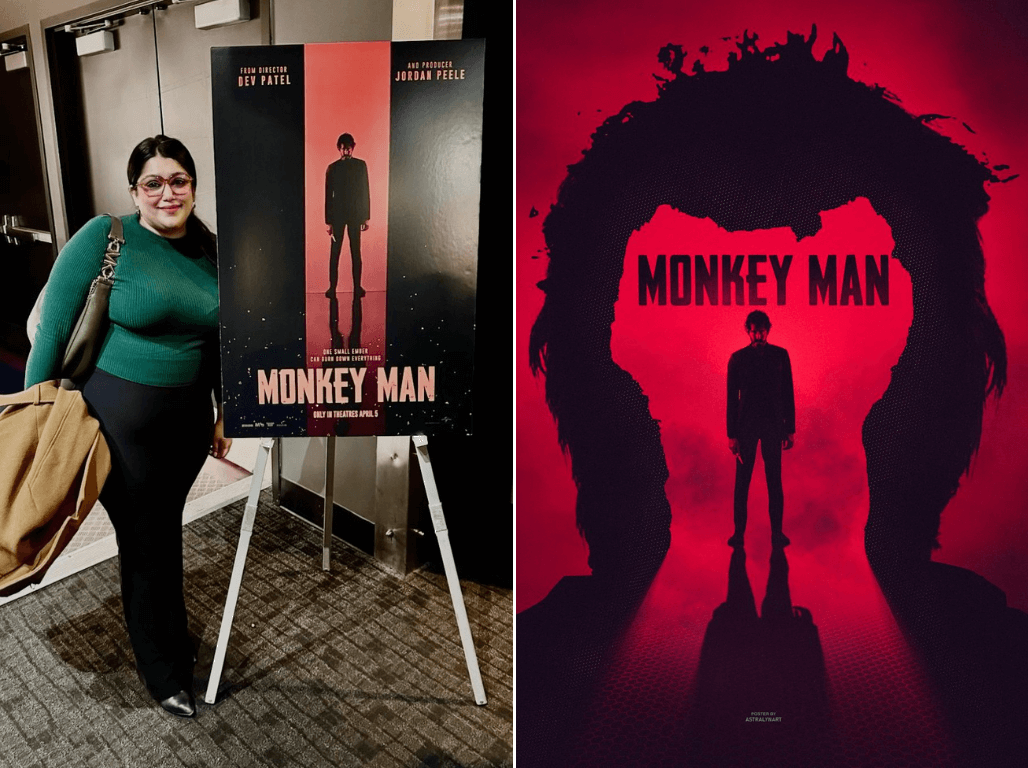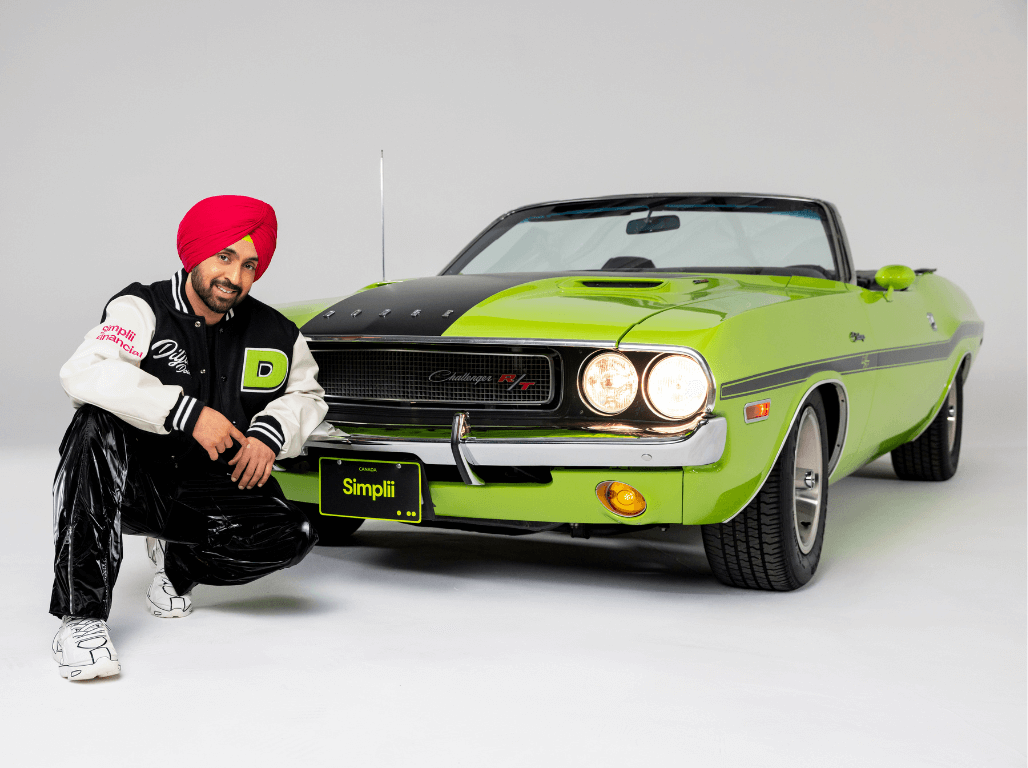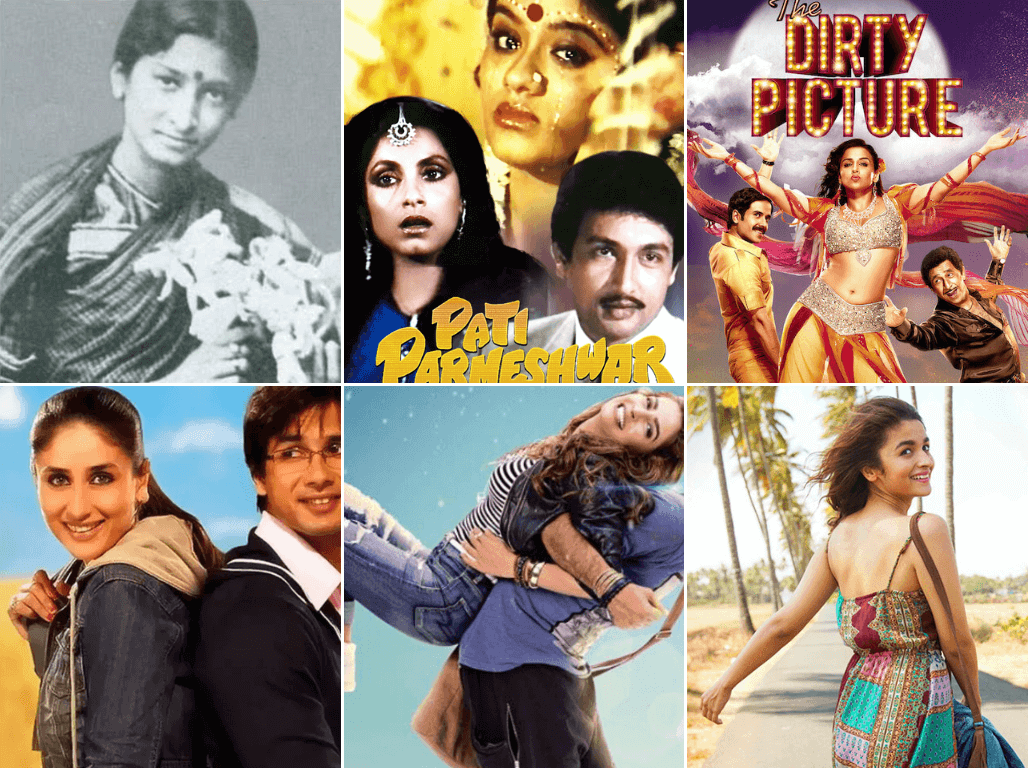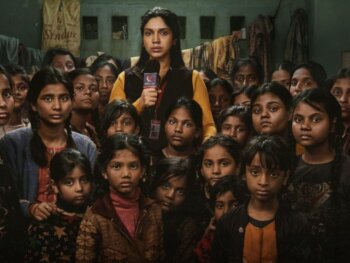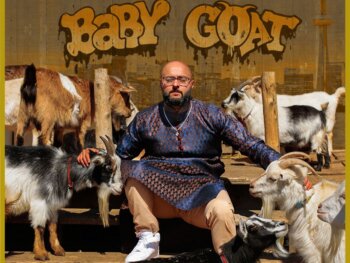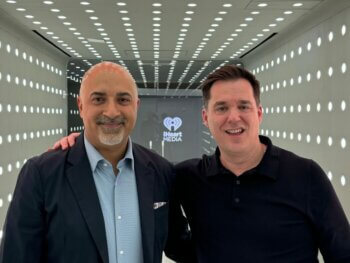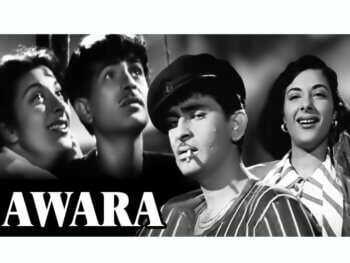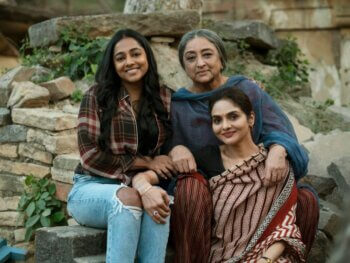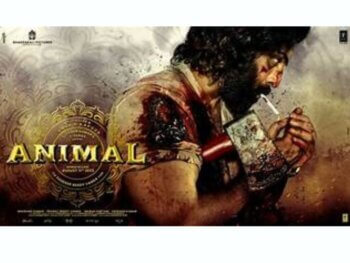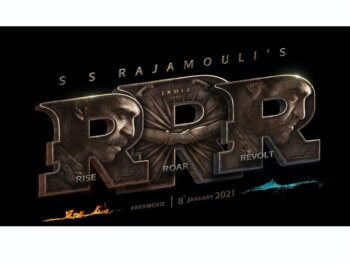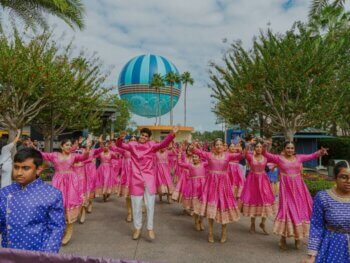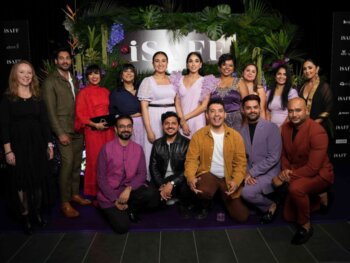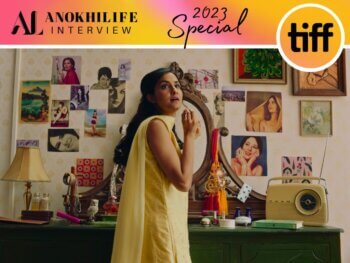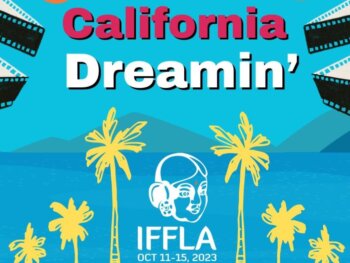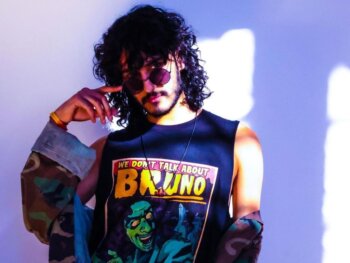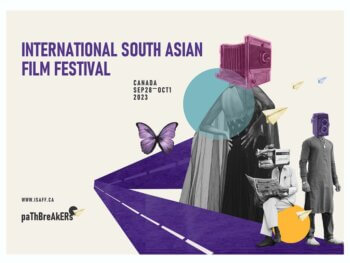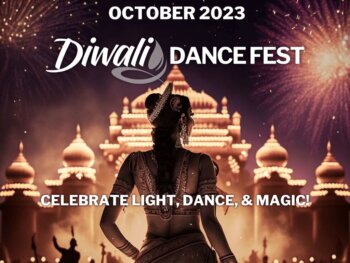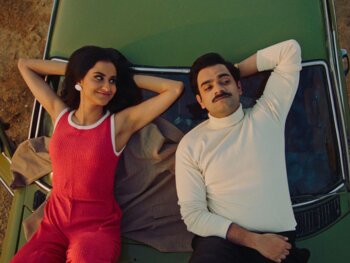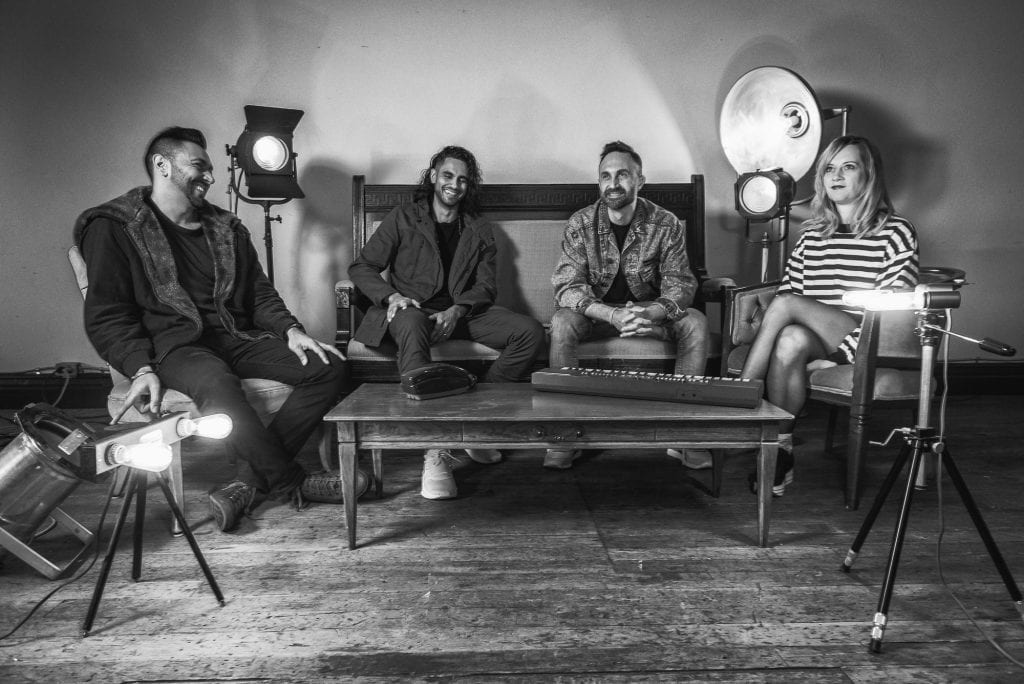
You Can’t Possibly Guess Why Sanjay Seran From Delhi 2 Dublin Is Really Excited About Their Latest Album “We Got This”
Entertainment Jul 26, 2019
Canada’s iconic Canadian electrofunk/reggae band Delhi 2 Dublin, continues to slay the global festival scene with some seriously styled “Subcontinental pop”. Their latest album “We Got This” is also seen as the group’s solid shift to the mainstream music scene thanks to their amped up songwriting, musical composition and their stronger sense of self. Sanjay Seran takes a break from rehearsals ahead of their Toronto show to sit down and give us the lowdown on why he’s super excited about their latest drop.
“Let’s try to write one really good song that takes it to the next level” was Seran’s revelation that he received while sitting on a glacier in Alaska. He and his bandmates from Delhi 2 Dublin decided it was time to shift their musicology into high gear. A staple in the global festival scene, the fusion-electronica band from Vancouver, British Columbia released their latest album We Got This (Inside Pocket/Warner Music Canada) mid-May. Produced by Toronto-based hitmaker Gavin Brown (Barenaked Ladies, Metric, Tragically Hip) We Got This brings about a fresh collection of electro-funk based fusion with their songs delivering various positive socially aware messages. Averaging 100 shows a year and ahead of their latest show at The Drake in Toronto, Seran sat down to chat about the creative process, the global awareness of the world music and how even his audiences would surprise him.
Hina P. Ansari: Congratulations on your latest album. My first question must be about the beat. You are from the West Coast. Describe to me the difference between the music vibe there compared to that of Toronto?
Sanjay Seran: Out here, people dance. When you go to big cities like Toronto, people are just more likely to watch than dance. They’ll stand in appreciation. But on the West Coast, people are just a little bit crazy (laughs).
HPA: It took you three years to write, produce and complete your album. It all started with writing one song and seeing where that would lead you to, correct?
SS: We were like, “let’s try to write one really good song that takes it to the next level”. More mainstream, popular songs that would allow us to cross over.

HPA: You already had some songs in the pipeline before your Alaska trip correct?
SS: We had already been working on some songs by then and we continued to work for another year on writing stuff. We finally wrote the song which ended up being “My People”. We decided we wanted to take it to the next level and reach more people. We have a glass ceiling being a band here in the West Coast. You can only go so far with electronic beats. Especially West Coast beats. In order to break the ceiling, we had go to the pop world a bit. And in doing the whole album [it felt] exciting and new for us and we believed it will allow us to reach more of an audience.
HPA: You’ve been around for just over a decade. How has the music industry changed for you?
SS: The biggest thing is that you don’t make money from CD sales anymore. We used to make really good money from CD sales. We would sell 200 or 400 CDs at a festival. Then we saw the slow decline happen, and now it’s abysmal because the streaming numbers don’t reflect the same amount of cash flow as CDs would. That’s definitely the biggest thing. The whole viral music video thing started with YouTube which was newer back then. Now it’s just a beast that has totally changed the scene during the time that we’ve been around, which is pretty crazy.
HPA: How are you adapting to that change?
SS: I don’t know (laughs). One of our issues is how to get the streams up and our social media numbers up. It’s all about social media engagement, which is fine if that’s how we’re reaching people, but sometimes, it takes more away from what we’re trying to do. You have this band, and they produce expensive records that sound good and they spend a lot of time recording them and writing them. And then the fans want you to post stuff on your stories and little GIFs and all that. I mean, I do it and I enjoy it sometimes. It’s not a burden—but it’s like, this is what I do now (laughs)?

HPA: In your current album, what was the most difficult song to write or produce? Was there one song that stood out to you?
SS: Those songs don’t make it. If you end up trying to really work on them, they usually don’t make it. We wrote one song and ended up performing it live and I loved it. But there was something about—we just couldn’t nail the sound. The song was written in the same amount of time as is every other song, which is about a session or two. You tweak it all out. The magic really does occur in those sessions. If the magic doesn’t happen then you move on to another song.
HPA: Tell me your musical (nor non-musical) inspiration? Someone or something that you have soul to soul connection with?
SS: Bono was a huge inspiration for me. He is over the top. I can see his emotionality created in his concert when he’s doing his thing. It’s like this larger-than-life persona. In his shows, he talks about issues that are happening in the world as part of his set. His level of emotion is at another level. That is huge for me. I draw from that. There’s something that resonates there.
HPA: I love the positive messages that you have in your album. Was that a conscious decision?
SS: Yes. We’ve always been pretty positive especially a few years back. I would write Punjabi stuff and draw inspiration from the Sufi world, with a lot of repetition and a lot of spiritual lines. I would take a Punjabi idiom and re-appropriate it to make sense in the modern western world but the meaning would still be the same. It’s a conscious decision because it’s about reaching a bigger audience. So now the majority of the [songs] are in English and it has a clearer message with better writing. It’s more on point and now it’s bigger than itself.
HPA: There’s a strong element of celebrating the diversity in your life with respect to you and your bandmates being citizens of the world. How do you apply that element of your life to your music?
SS: We felt it was super important to touch on this stuff because we feel it. Talking about songs like “Home” where [all of our] parents are immigrants. Just like the majority of the people we grew up with are, so it’s very important for us to be talking to these kinds of things. “My People” on the surface is very, “sure my people are everywhere and we’re very happy”, but it’s really about certain specific people that exist in pockets, even in the States.

HPA: There has been a globalization of music in recent years where you have different influences coming through and people are a lot more aware of an Eastern sound or an African sound for instance. Do you notice that change of awareness that’s happening now compared to when your band first started a decade ago?
SS: I think because we played a lot of folk festivals and world music festivals in the beginning, that vibe has always existed in these pockets. But you are playing these festivals to an audience of older white people. Initially, there would be this odd feeling, especially when the festival’s audience are seated and they stake their ground with their tarp. We call them “tarp people” (laughs). You get this feeling of “dance, monkey dance”, where that colonialism feeling is there. People stake their plot and think “no one block my vision, we brought in these very colourful bands to perform for us”.
When we started we were those Punjabi guys and [we were seen as] quite novel back then. Now it has changed so much. But I feel that we are also being given that “diversity” tag. Sure, I’ll take your diversity money but why can’t I be a regular band? Are we getting spots to fill that diversity quota? There’s all kinds of feelings of being a person of colour who has lived in Canada this long. It’s complicated. (laughs)
HPA: I understand your messaging with respect to your identity and that of your bandmates. As you mentioned, in reality music festivals attract a global audience but depending on where you’re touring these audiences can be mostly white. Did you ever have that moment of hesitation whether this white audience would be able to grasp your musical vibe?
SS: You judge a book by its cover and then you’re surprised. I’ve done it myself at shows where I would say “Nope, this isn’t gonna fly. This is bunch of old white people. I don’t want to be here”. And then you see that everyone’s up, especially in places like Sheboygan Wisconsin, where you’ve got 99% older white people and they are all dancing to the dhol. And you’re like, “Oh! These are our people!”. These are the ones who we can come together and carry this connectivity and energy forward and we know how we can make a change!
Main Image Photo Credit: Warner Music Canada
Hina P. Ansari
Author
Hina P. Ansari is a graduate from The University of Western Ontario (London, Ontario). Since then she has carved a successful career in Canada's national fashion-publishing world as the Entertainment/Photo Editor at FLARE Magazine, Canada's national fashion magazine. She was the first South Asian in...






























































